
As Greenville, South Carolina continues to grow, so does its traffic and with it, the risk of a Greenville car accident. Unfortunately, accident hotspots are on the rise. We examine the top five most dangerous intersections in the area and break down why they pose a risk to drivers, cyclists, and pedestrians alike. These intersections are not just problematic , they are public safety concerns that often require Road and Safety Upgrades by the South Carolina Department of Transportation.
1. Woodruff Road & I-385 Interchange
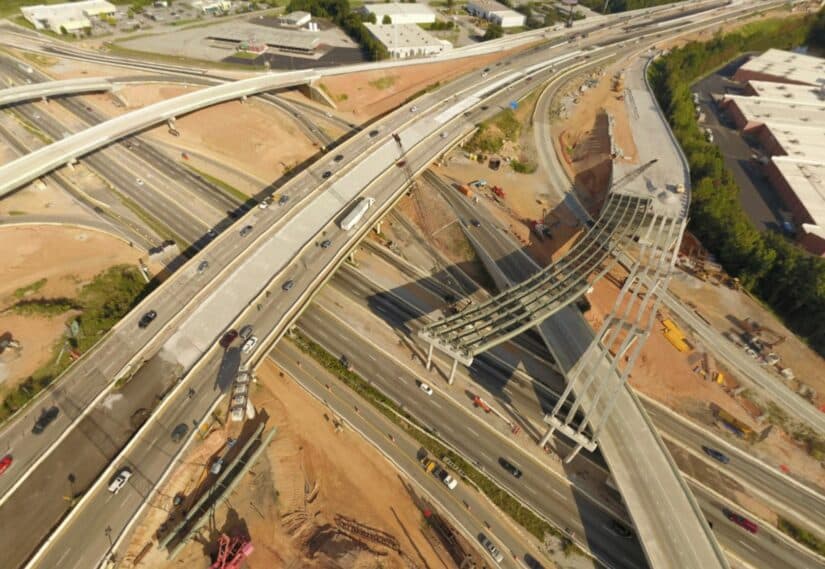
This area is widely regarded as a nightmare for drivers. It’s where retail meets interstate speed, and congestion becomes chaos. This intersection is situated near key facilities and sees a massive influx of daily commuters.
Why It’s Dangerous:
- Poor lane alignment
- Excessive merging
- Lack of clear government services signage
The proximity to major shopping centers creates situations where customer service demands and heavy traffic volumes collide. Adding Online Services signage or a Full Site Search display could aid unfamiliar drivers. A better understanding of Code of Regulations around traffic flow might also benefit city planning.
2. Haywood Road & Laurens Road (US 276)
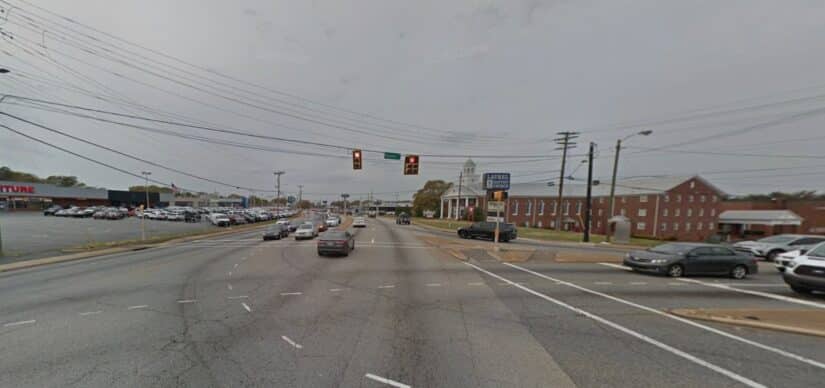
This intersection sees constant activity due to nearby businesses and residential zones. During holidays and weekends, it becomes even more hazardous.
Why It’s Dangerous:
- High pedestrian activity near the Children’s Museum of the Upstate and Unity Park
- Inadequate turning signals
- Frequent retail traffic jams
Recent accidents here have resulted in delays affecting access to education and health services facilities and even created temporary closures to nearby learning and training programs.
The nearby Career Center has also raised concerns over job seekers traveling through this area encountering delays or unsafe crossings.
3. Pleasantburg Drive & Wade Hampton Boulevard
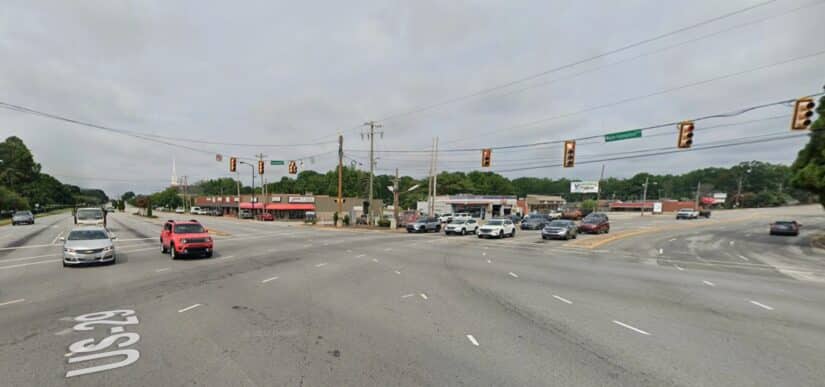
A hotspot for aggressive driving and speeding. Drivers frequently run red lights here, trying to get ahead on their commute.
Why It’s Dangerous:
- Poor signal timing
- Multi-lane confusion
- Speeding vehicles turning from East North Street
This area also has historical significance and borders some key research universities like Furman University, whose students often use this route. These roads could use clearer markings aligned with The Citadel and University of South Carolina transportation studies on urban traffic behavior.
Also nearby is McPherson Park, and increased public art program initiatives have drawn more foot traffic without matched pedestrian infrastructure.
4. North Main Street & Stone Avenue
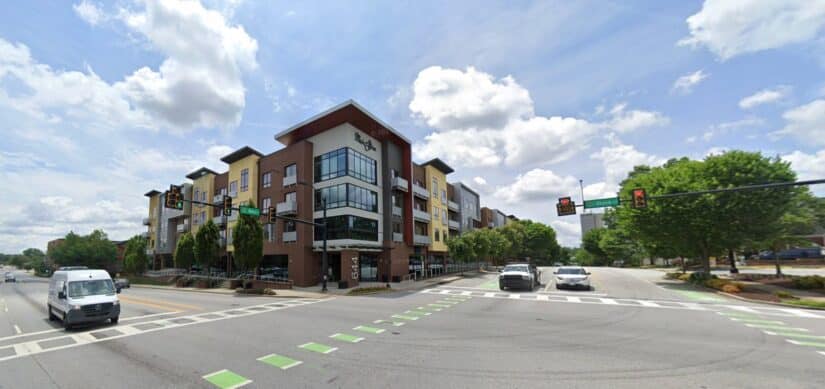
With downtown revitalization underway, this intersection has grown in complexity. Its proximity to Verdae Boulevard and small businesses makes it prone to both pedestrian and vehicle incidents.
Why It’s Dangerous:
- Misaligned signals
- Confusing signage
- Sudden stops due to pedestrians crossing near Fluor Field and Greenville Drive games
Traffic engineers are exploring community-powered solutions like micro-grant funding to update outdated infrastructure.
The nearby Hampton-Pinckney PorchFest and increased tourism traffic after winning the South Carolina Heritage Tourism Award have only added to congestion, especially during events.
5. Augusta Street & Church Street
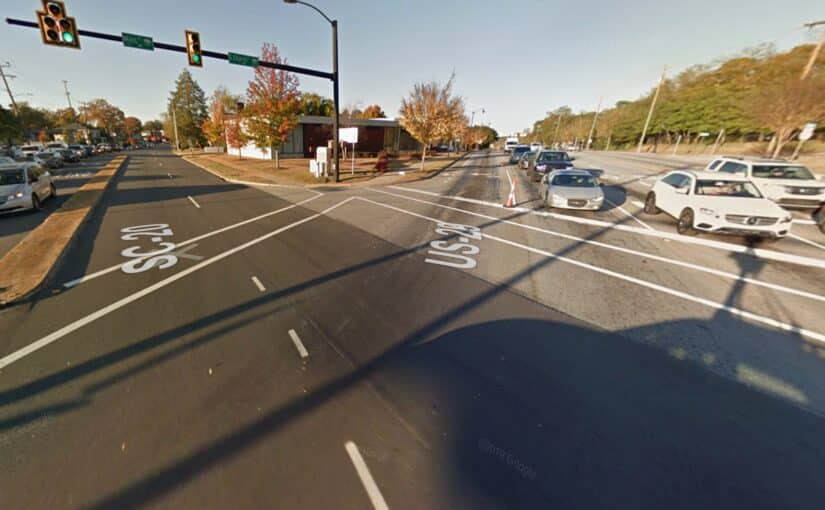
Located in the heart of the city, this intersection blends history, business, and heavy local use.
Why It’s Dangerous:
- Limited visibility
- One-way confusion
- Short turning radii
The intersection feeds into the Swamp Rabbit Trail, increasing risks for cyclists and joggers. During severe weather, such as Tropical Storm Debby or Hurricane Helene, visibility drops further, worsening accident risks.
Upgrades recommended by the American Public Works Association could include widened lanes and grocery delivery programs priority lanes for service vehicles.
What Makes These Intersections So Risky?
1. Rapid Development Outpacing Infrastructure
The City of Columbia and City of Charleston face similar growth challenges. But Greenville has unique intersection bottlenecks that weren’t built to handle this population boom.
2. Limited Traffic Studies
Despite nearby academic institutions like SC State, University of South Carolina, and Research 2 university designations, some road redesigns lack proper long-term study. More involvement from doctoral degrees holders and student experiences in urban planning is needed.
3. Changing Demographics
Younger professionals with professional ambitions, older drivers renewing their driver’s license, and tourists unfamiliar with tax information signs all contribute to high variability in road behavior.
South Carolina’s Traffic Law Landscape
Accidents at these intersections are governed by South Carolina statutes under the Code of Laws. Legal recovery options and fault determination are shaped by Bill Summary, Bill Number, House Journals, and Senate Journals.
Awareness of the Code of Regulations and accessing financial assistance for injured parties is essential, especially in cases of:
- Rear-end collisions
- Side-impact crashes
- Electric vehicles involved in T-bone accidents
Impacts on Public and Private Sectors
These accident zones disrupt much more than personal plans. They can delay:
- Manufacturing facility logistics
- North American headquarters deliveries
- City transit near Union County and Kershaw County
- Emergency routes connected to Charleston International Airport
Companies such as Eurocharm Group, CS INSTRUMENTS, and metalworking suppliers have voiced concerns about risks affecting their Foreign Direct Investment in the service sector, particularly leisure and hospitality, trade, transportation, and utilities, and life sciences operations.
Educational Institutions & Student Risks
Routes to Mechanical Engineering Technology programs or Criminal Justice Degree campuses like SC State and The Citadel are impacted during peak hours. Additionally, student commuters attending Summer Bridge or part of the Division I Mid-Eastern Athletic Conference or Marching 101 Band activities frequently cross these intersections.
Even White House Scholars face risks while commuting during inclement weather such as Hurricane Milton, increasing pressure on the Flood Mitigation Plan and Lowcountry Rapid Housing strategies.
Technology and Future Safety Solutions
Modern advancements like:
- Advanced energy traffic systems
- Compressed air measuring technology for traffic signal response
- Sensor-based control units in intersections
All could play a role in reducing incidents. Collaboration with the Bureau of Labor Statistics can help predict accident-prone times and zones.
Upgrading alerts and integrating job postings, career recommendations, and student experiences through digital kiosks and public messaging can also improve awareness.
How to Stay Safe
Here are key tips for navigating these risky intersections:
- Reduce speed before entering any multi-lane crossing.
- Yield to pedestrians and check Swamp Rabbit Trail exits.
- Avoid distractions , especially near schools or public service & agriculture offices.
- Take alternative routes through West Ashley, Huger Street, or Johns Island when necessary.
- Stay updated on Serve First Open infrastructure reports and mobile markets that can redirect traffic.
- Use Online & Distance Education tools to learn more about urban navigation and all-star academic resources.
About Ted Law
At Ted Law Firm, we are committed to helping our community stay informed and protected. Greenville’s rapid growth has led to increased traffic dangers, especially at key intersections that now pose serious safety risks .We serve families across Aiken, Anderson, Charleston, Columbia, Greenville, Myrtle Beach, North Augusta and Orangeburg. By highlighting these high-risk areas and integrating research-backed insights, we aim to help drivers make safer decisions. Trust Ted Law to keep you informed about where the real risks lie on South Carolina roads. Contact us today for a free consultation
